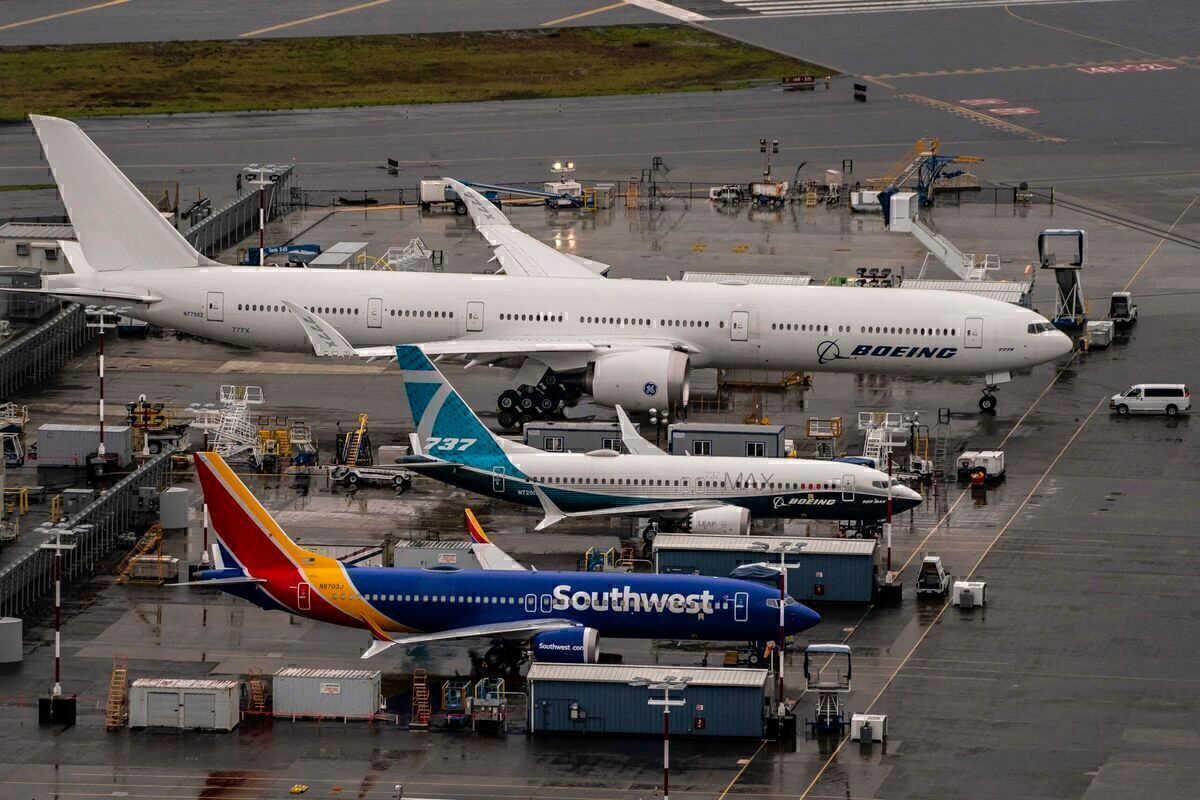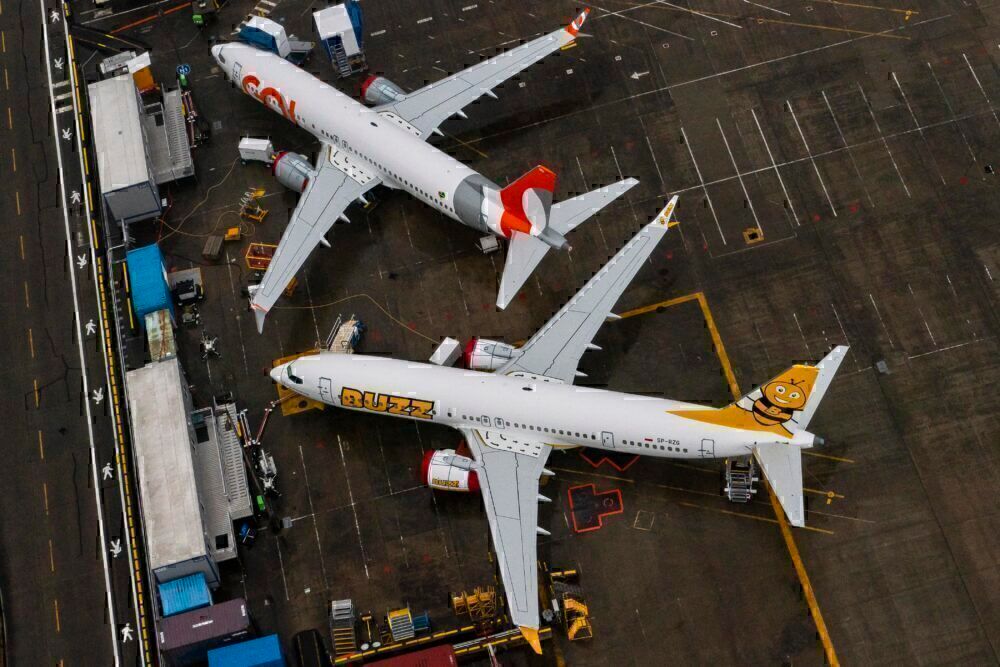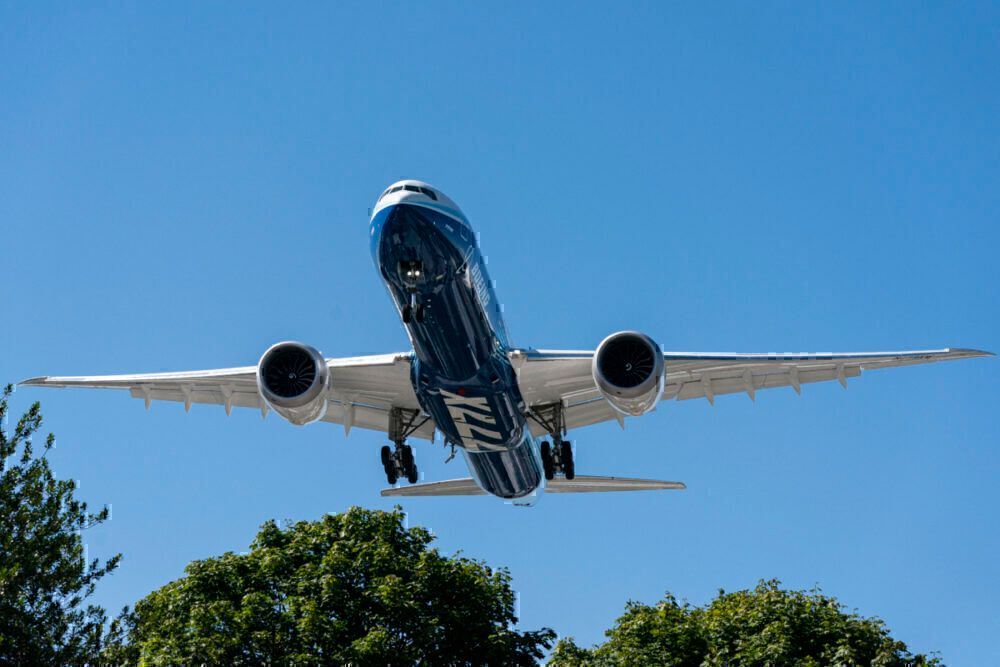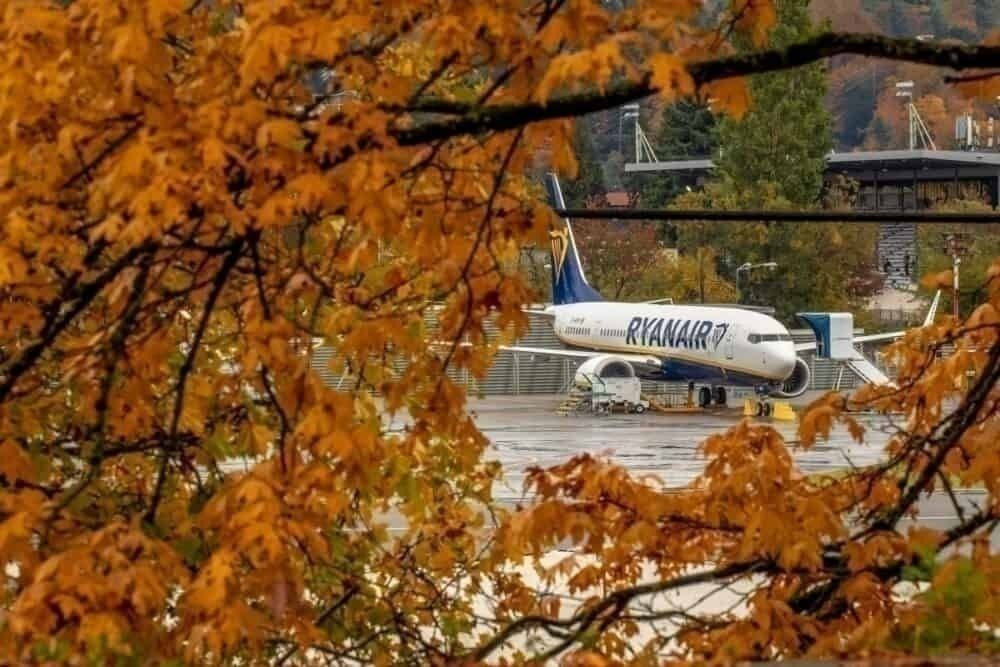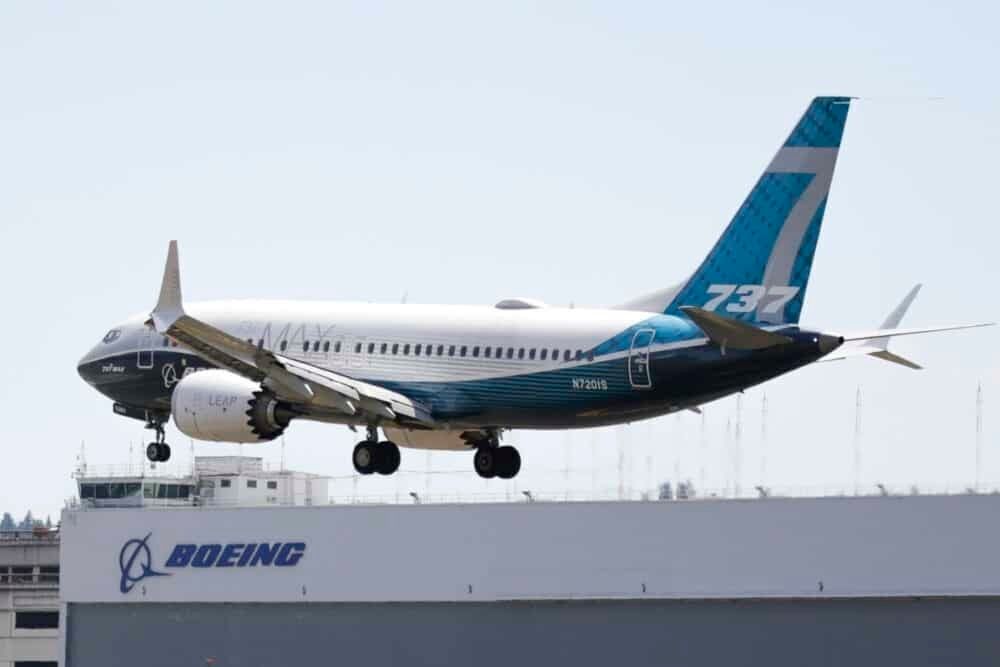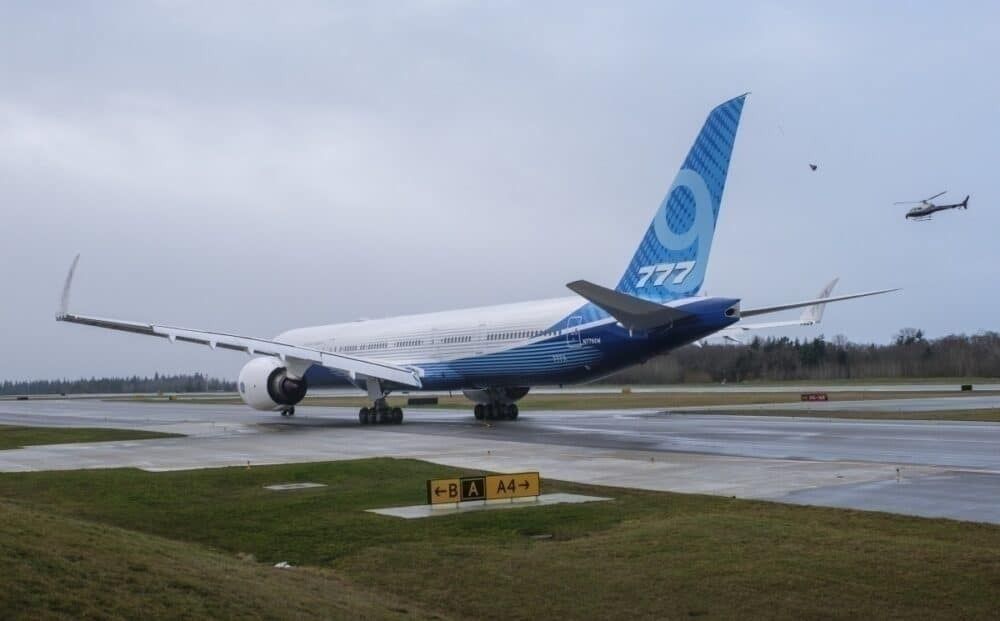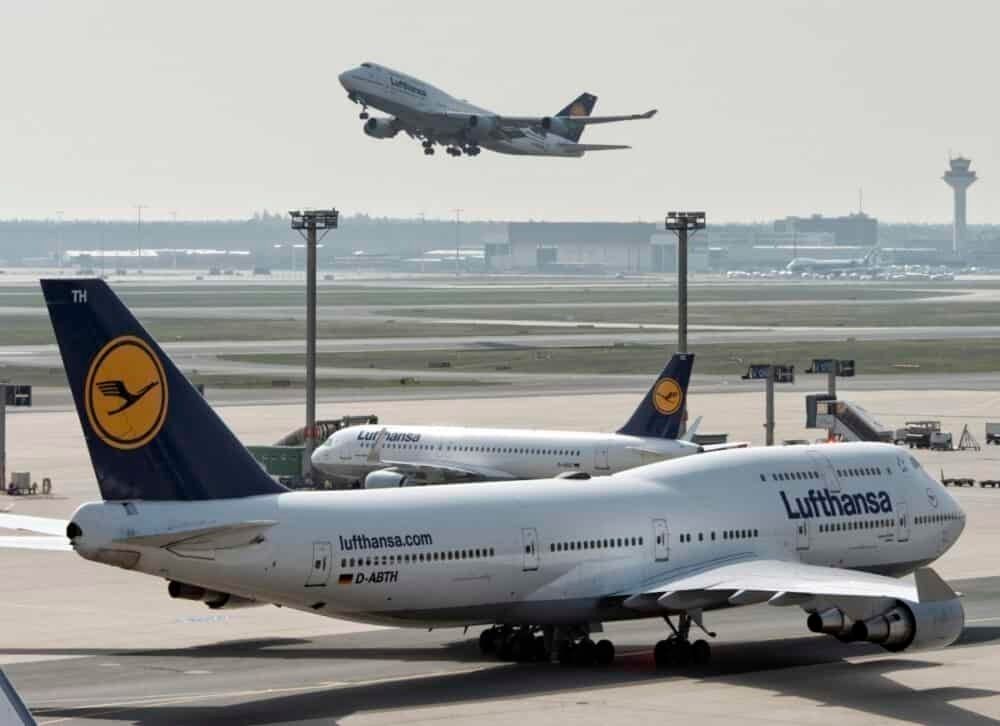American manufacturer Boeing's two newest airliners are the widebody 777X and the narrowbody 737 MAX. These are next-generation variants of existing Boeing aircraft, the hugely successful 777 and 737, rather than brand-new designs in their own right. Ahead of the 737 MAX's recertification, the two were pictured together in Washington. This image depicts the striking contrast in size between the two next-generation airliners, but how else do they differ?
Operational history
Of the two aircraft, the Boeing 737 MAX is much further down the line in its operational development. Having first flown as early as January 2016, the type entered commercial service with Malaysian carrier Malindo Air in May 2017. However, the MAX was grounded worldwide less than two years after its introduction to revenue-earning flights, after the following pair of tragedies:
- October 29th, 2018 - Lion Air flight 610 crashed after takeoff from Jakarta, Indonesia. All 189 passengers and crew onboard perished.
- March 10th, 2019 - Ethiopian Airlines flight 302 crashed following departure from the Ethiopian capital of Addis Abada. The 157 fatalities represented every passenger and crew member onboard.
The second accident showed multiple parallels to the first, and aviation safety agencies worldwide elected to ground the aircraft in their respective regions over the following days. The American Federal Aviation Administration was the last to do so. Following its decision, the 737 MAX was grounded worldwide as of March 13th, 2019.
Stay informed: Sign up for our daily aviation news digest.
Yesterday, more than 20 months later, the FAA officially granted the type recertification for its return to commercial service in the USA. American Airlines is planning to launch the MAX at the end of December on its New York-Miami route.
The 777X, on the other hand, is yet to enter commercial service. The type made its first test flight in January 2020, and its entry into commercial service is planned to be with German flag carrier Lufthansa in 2022. However, its first delivery was originally scheduled for 2021, so we may yet see further delays to the program. This is especially the case nowadays, with the ongoing coronavirus pandemic having had such a significant impact on the airline industry.
Variants and specifications
The Boeing 777X is actually an umbrella term for the two next-generation variants of the American manufacturer's iconic widebody twinjet. These are the long-range 777-8, and the higher-capacity 777-9. While both types have the same engines (GE9X) and wingspan (71.75m inflight, 64.82m on the ground), their other specifications differ somewhat. These are as follows:
- Cost - 777-8: $410.2million / 777-9: $442.2 million
- Seats (two-class configuration) - 777-8: 384 / 777-9: 426
- Range - 777-8: 16,170km (8,730 NM) / 777-9: 13,500km (7,285 NM)
- Length - 777-8: 69.79m / 777-9: 76.72m
Similarly, the Boeing 737 MAX does not refer to just one next-generation variant of the American manufacturer's popular narrowbody airliner. Indeed, Boeing lists four variants, from the smallest MAX 7 to the largest MAX 10. Logically, the mid-sized variants are the MAX 8 and MAX 9. Even within this one airliner family, there are some stark contrasts between its smallest and largest variants. The specifications of the MAX 7 and the MAX 10 are as follows:
- Cost - MAX 7: $99.7 million / MAX 10: $134.9 million
- Seats (two-class) - MAX 7: 138-153 / MAX 10: 188-204
- Maximum capacity - MAX 7: 172 / MAX 10: 230
- Range - MAX 7: 7,130km (3,850 NM) / MAX 10: 6,110km (3,300 NM) with an auxiliary tank
- Length - MAX 7: 35.56m / MAX 10: 43.8m
All 737 MAX variants have a wingspan of 35.9m, and LEAP-1B engines from CFM International.
Irish low-cost carrier Ryanair has also placed orders for a specially-configured, high-density version of the MAX 8. This will be known as the MAX-200, which refers to its increased capacity of 200 passengers (seated with a tight 28-inch pitch). The airline is hoping to take its first deliveries of the type in early 2021.
Wing technology
Both the 737 MAX and the 777X have taken advantage of modern technological innovations in order to gain performance advantages over their predecessors. One area in which this is visually evident is in their wings. While both the wingtips on both types help to increase fuel efficiency and, subsequently, range, the technology in each case differs.
Boeing has been utilizing blended winglets on previous models of the 737 for some time now. These wingtip extensions help to minimize aerodynamic drag associated with vortices that develop at the tips as the aircraft travels. As well as increasing the aircraft's range, the increased fuel efficiency also saves airlines money, representing a worthwhile long-term investment.
The 737 MAX features what are known as 'split scimitar' winglets. In this case, the main body of the aircraft's wingtip is the same as previous generations, but it also features an added airfoil below the wing.
On the other hand, the Boeing 777X does not boast such prominent winglets. Instead, it features swept-back wings similar to those found on the Boeing 787 'Dreamliner.' This raked design will have a similar function to conventional winglets. A similar angle of sweep can also be found on the wings of the Airbus A350.
However, what is most innovative about the Boeing 777X's wings is its folding wingtips. As shown in the picture above, these fold inwards while on the ground, reducing the wingspan by almost seven meters.
This offers operators greater versatility in that it reduces the aircraft's ICAO aerodrome code from F to E. It also means that operators could substitute between the 777X and its older counterparts where necessary. Without this feature, the type would be limited to airports featuring gates large enough to serve the Airbus A380 and Boeing 747.
Orders
Simple Flying reported earlier this month that a total of 309 orders had been placed for the Boeing 777X. In addition to an unidentified customer that placed an order for 10 jets in June 2015, these were spread out as follows:
- Emirates: 115
- Qatar: 60
- Etihad Airways: 25
- Cathay Pacific: 21
- Lufthansa: 20
- Singapore Airlines: 20
- All Nippon Airways (ANA): 20
- British Airways: 18
The Boeing 737 MAX first flew almost four years earlier than the 777X. As such, it has accrued significantly more orders than the aforementioned widebody. Boeing reports that a total of 5,263 orders have been placed for MAX series aircraft.
387 of these have been delivered, although this number is likely to increase significantly over the coming months following the type's recertification. The world's current largest 737 MAX fleet belongs to American low-cost carrier Southwest Airlines, which owns 31 of the type.
Conclusion
On the whole, although the 737 MAX and 777X do not compete for the same market, it is still fascinating to compare these two next-generation aircraft. In their own ways, they both represent a strong commitment on Boeing's part to next-generation commercial air travel. They are sure to be frontrunners among their respective markets in years to come.

